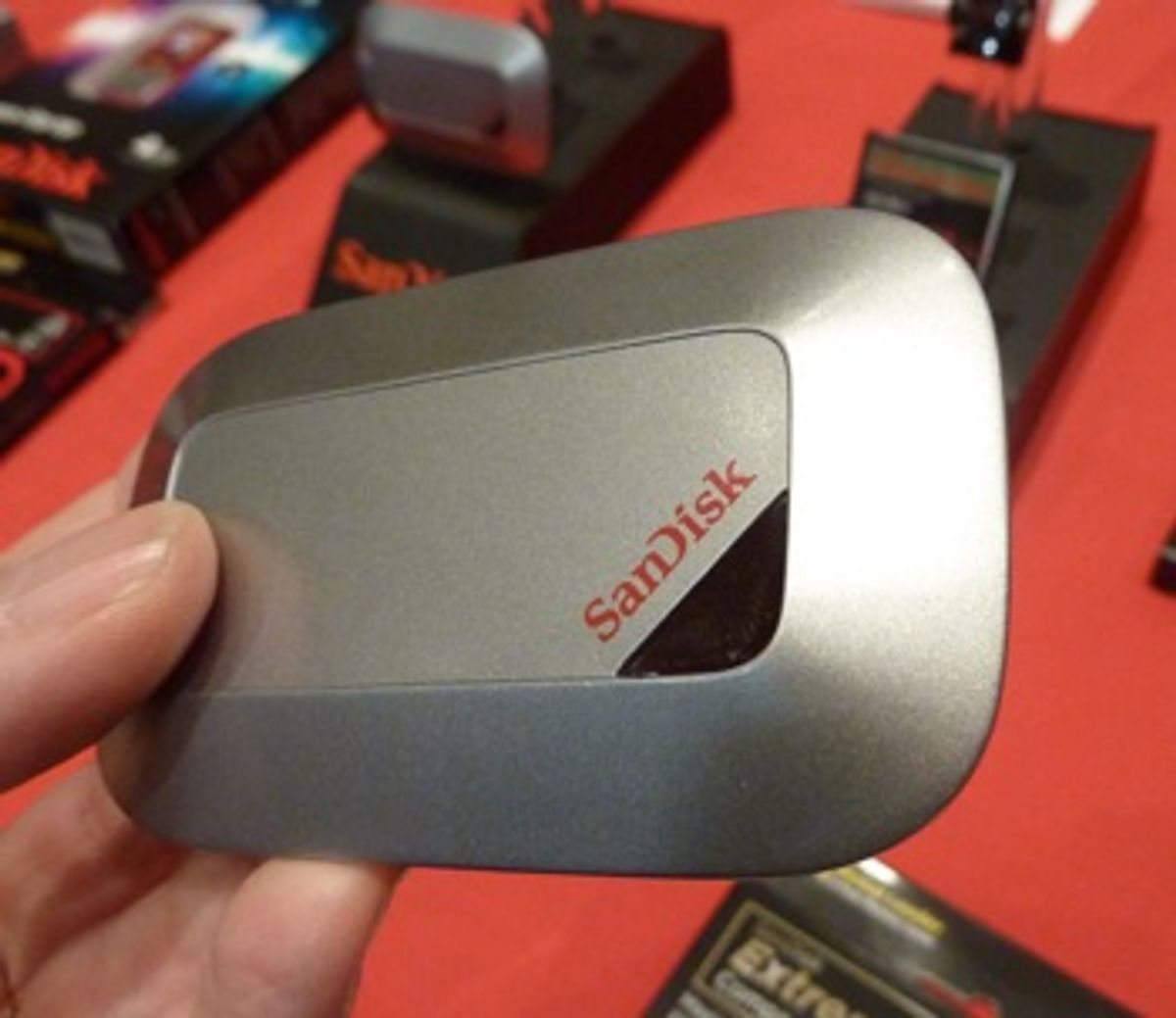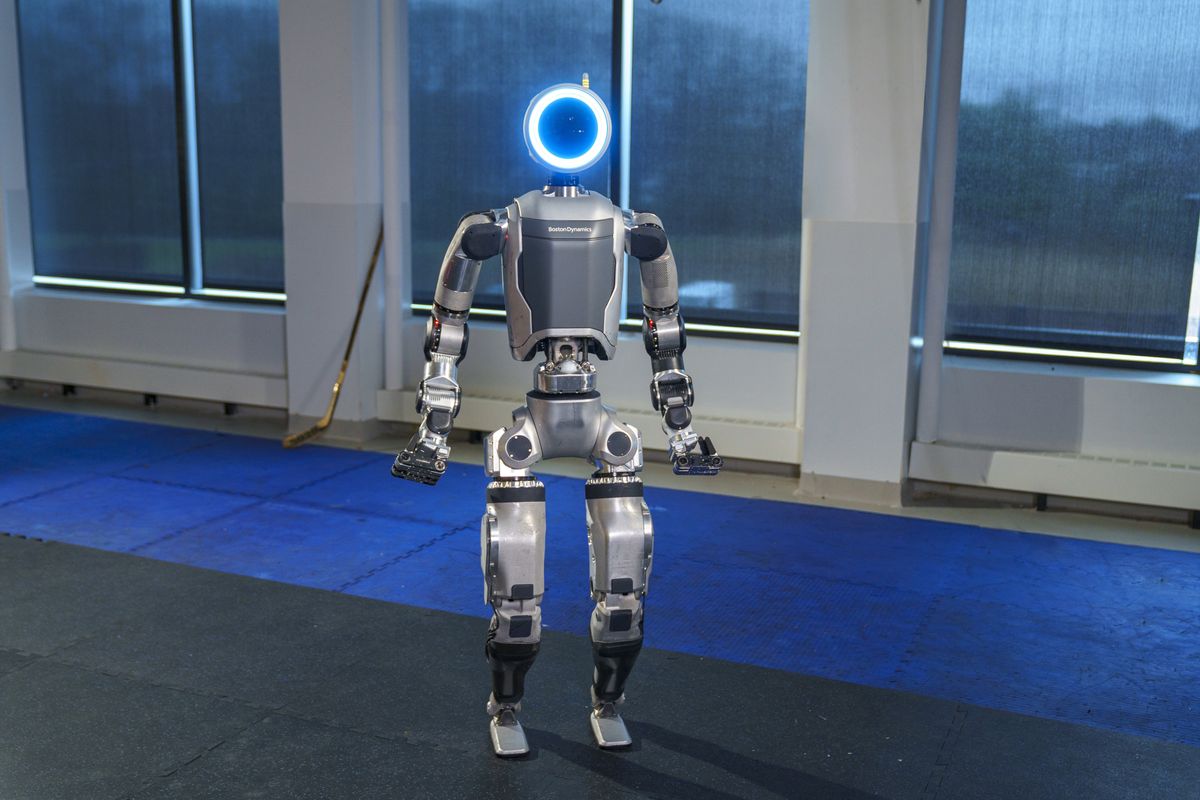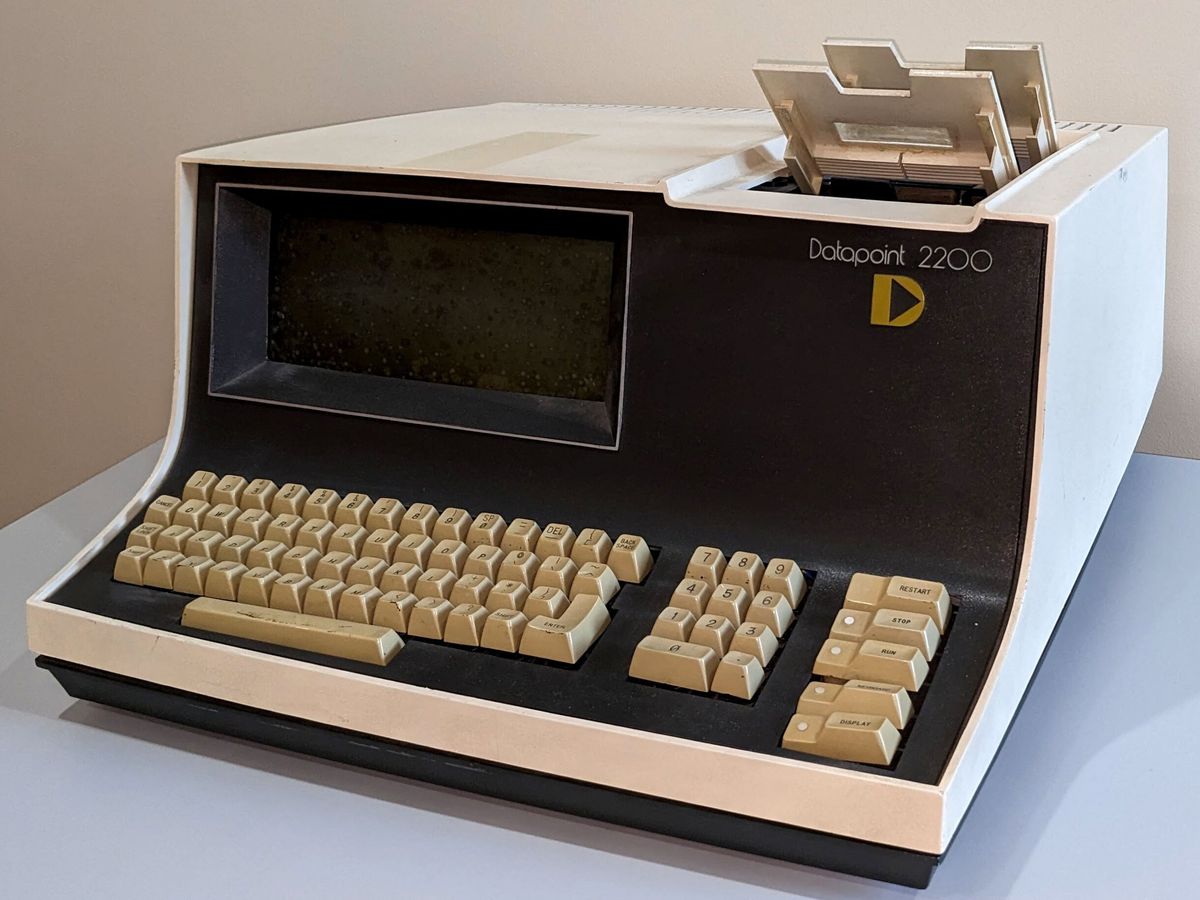For more news from CES, check out our complete coverage.
On my fourth day in Las Vegas, attending the 2012 Consumer Electronics Show, I’ve spent most of my time looking for trends in technology, interfaces, and products. But as I walk the miles of aisles of the Las Vegas Convention Center, and traverse the ballrooms of the evening company showcases, I can’t resist stopping to check out a few (OK, more than a few) gadgets. This hasn’t been an organized or comprehensive exploration of the gadget world, but it has been interesting. In no particular order, here’s what caught my eye.
The Atari Arcade. Definitely my favorite “never knew I needed it but I want it” gadget at CES to date. This $60 gizmo turns an iPad into an arcade game machine, playing classic Atari titles, like Centipede and Super Breakout. It doesn’t look like much, but the gameplay felt impressively like the original (though it struggled a bit with trackball-dominant games like Pong) and I quickly tapped into my long-dormant Centipede skills.
The SanDisk Memory Vault. For folks who aren’t
Griffin’s Helo TC Assault. At first glance, it's just another $60 iPhone controlled helicopter. But have you seen one of these shoot missiles?
Swivl. It’s a just a camera stand, albeit a $170 one, designed for smartphone videography. But it looks like a friendly little robot and pans and tilts to follow anyone wearing its little tag, so you can dance around the room and still stay on camera. The Swivl folks say, besides people recording themself on video, they envision it used by someone having a Facetime conversation who can't sit still.
PixelOptics Empower glasses. OK, we covered this last year, but I went back for an update; last year I just got to check out prototypes. This year, PixelOptics has 13 styles of frames in North America (more in Europe) for these electronically-progressive lenses, and is selling them in 1500 places at $1250 each. The frames aren’t bad looking, and are surprisingly light and comfortable. The top, or distance, portion of the lens stays stable, while a touch of the right side of the frame switches the bottom half from mid to near range vision. That’ll work well for someone using a laptop on his lap, looking slightly down; put your computer screen at eye level as is ergonomically optimal, and I’m not so sure the distance will hit the sweet spot, and given the glasses weren’t exactly tuned to my prescription, I wasn’t able to test that out. Still, I think I’ll be owning a pair of these one day, when prices come down.
The Powerbag. I stumbled into this mobile charging station with my computer, camera, video camera, and cell phone around CES, tucked into a backpack and could immediately see how cool it would be to be charging them without having to stop. The company says it can charge four different devices at a time (while keeping them neat instead of a jumble of cords), automatically adjusting to feed the most power to the device with the emptiest battery. At less than 2 pounds, it seemed light, though I think I’d prefer a rollaway version. Priced at $139 to $249, depending on styling.
The Kodak Photo Kiosk. OK, this isn’t really a consumer product; it’s meant to go into drugstores and the like, not individual homes. But this updated model prints directly from Facebook—that seems to be where so many photos live these days, it makes sense to have a way to get decent prints of them. (BTW, the Kodak employees staffing the display maintained their smiles and insisted that they were optimistic about the company’s future.)
Follow me on Twitter @TeklaPerry.
Updated 1/12/12
Tekla S. Perry is a senior editor at IEEE Spectrum. Based in Palo Alto, Calif., she's been covering the people, companies, and technology that make Silicon Valley a special place for more than 40 years. An IEEE member, she holds a bachelor's degree in journalism from Michigan State University.














